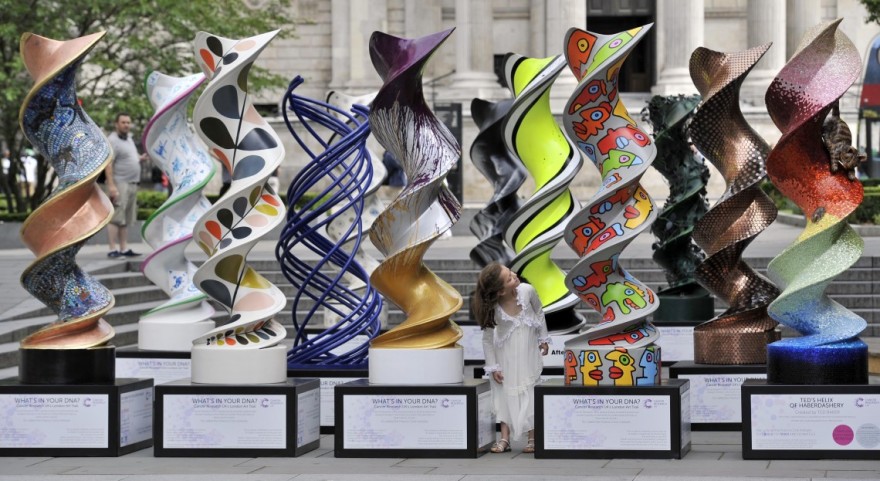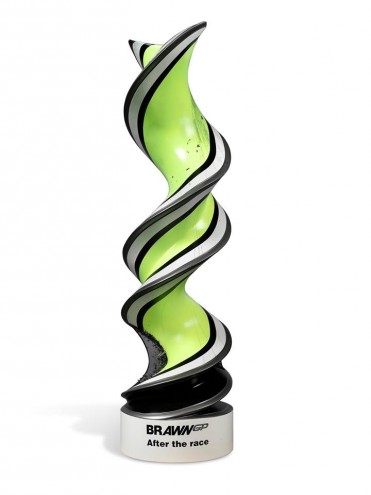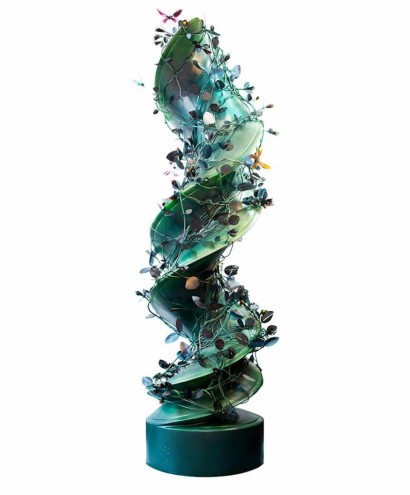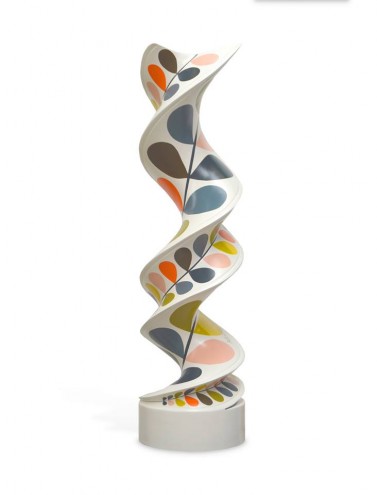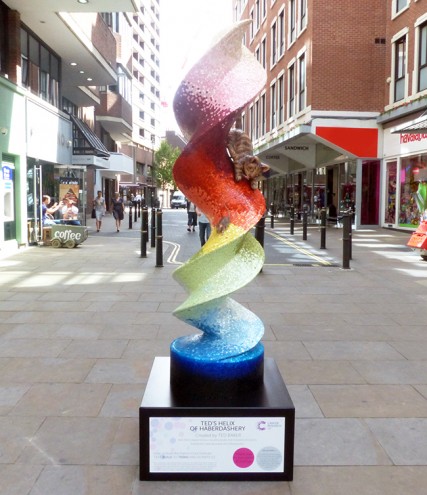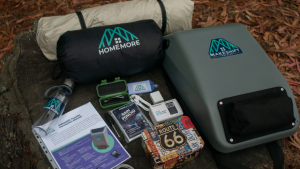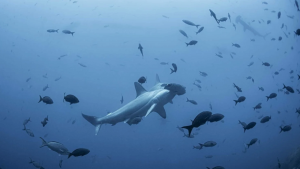If you are wandering through London this summer you may be come across a number of artist designed double helixes dotted around town, and marked with a scientific fact on its base.
The 21 giant helixes form the What’s in your DNA campaign a collaboration between artists and Cancer Research UK, who are raising funds for a progressive new research facility. Leading artists, designers and sculptors were asked to produce a DNA double helix based on how they might envision their own genetic material. The result is multiple sculptures of a single form uniquely designed through the artist’s vision.
The progressive institute is to be built in the heart of London and will be named after pioneering scientist and Nobel Prize winner Francis Crick, who together with James Watson identified the unique structure of our DNA in 1953 - a discovery that would set medical science on an entirely new course of history.
Cancer Research UK hopes through creating awareness and collaborating with well-known designers and artists that they will be able to raise a good portion of their £100 million target when the giant sculptures are auctioned in September.
The Crick Institute will not only carry Cricks name, but also his philosophy of working together to encourage conversation and new directions in research, either purposefully or by accident.
Crick and South African biologist Sydney Brenner, who won a Nobel Prize in Physiology and Medicine in 2002, once shared a workspace that held a single rule – either of them could say whatever they liked regardless of how silly it seemed and the other had to listen and consider what was being said. Crick claims that it was through these types of conversations that seeds for future discoveries were planted.
The Francis Crick Institute will employ 1500 scientists who will work under one roof, encouraging conversation and sharing of skills and ideas that will eventually bring an end to the physical and emotional destruction caused by the disease.
The art trail leads visitors to all sculptures that make up the Whats in our DNA? campaign which runs until 6th September 2015.

